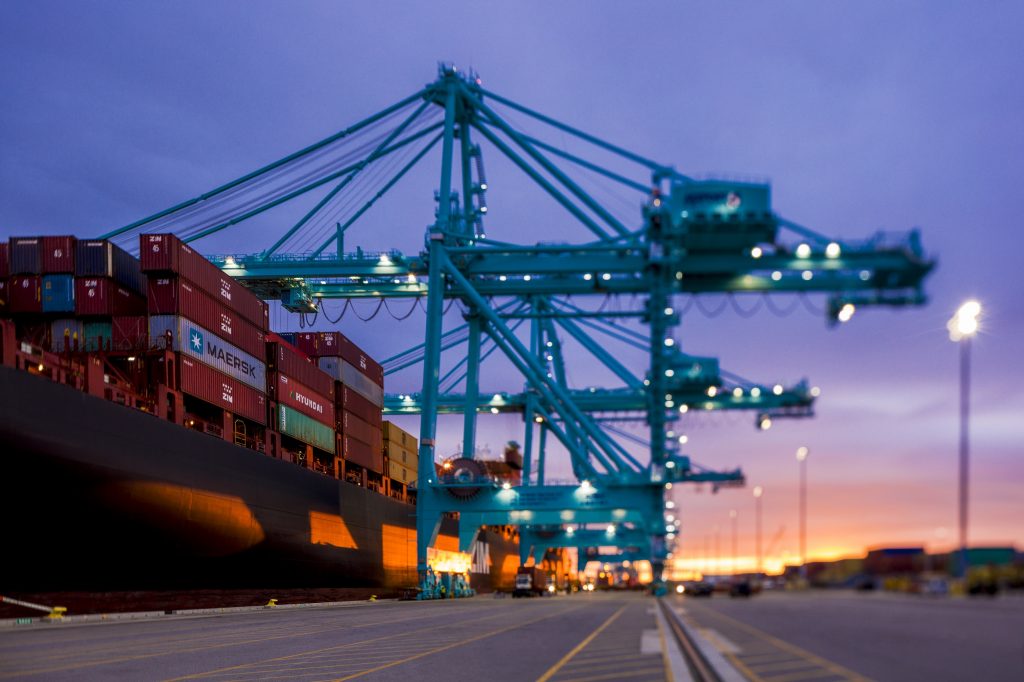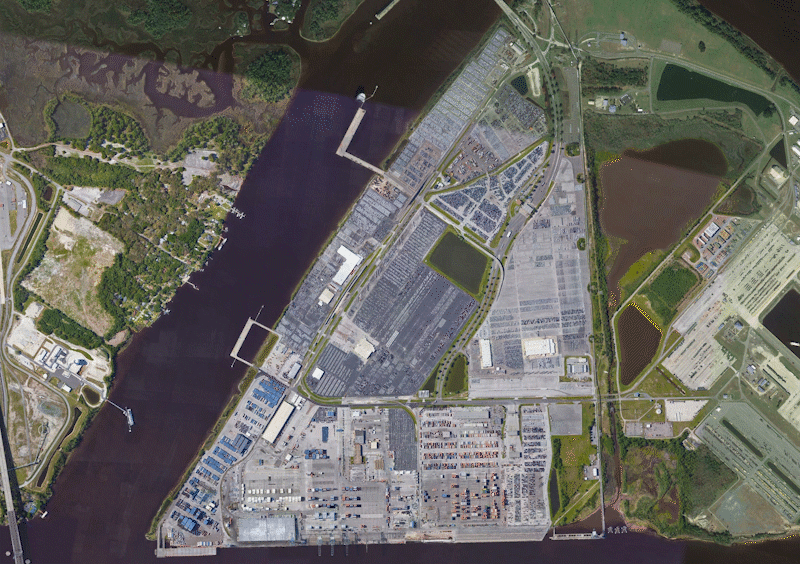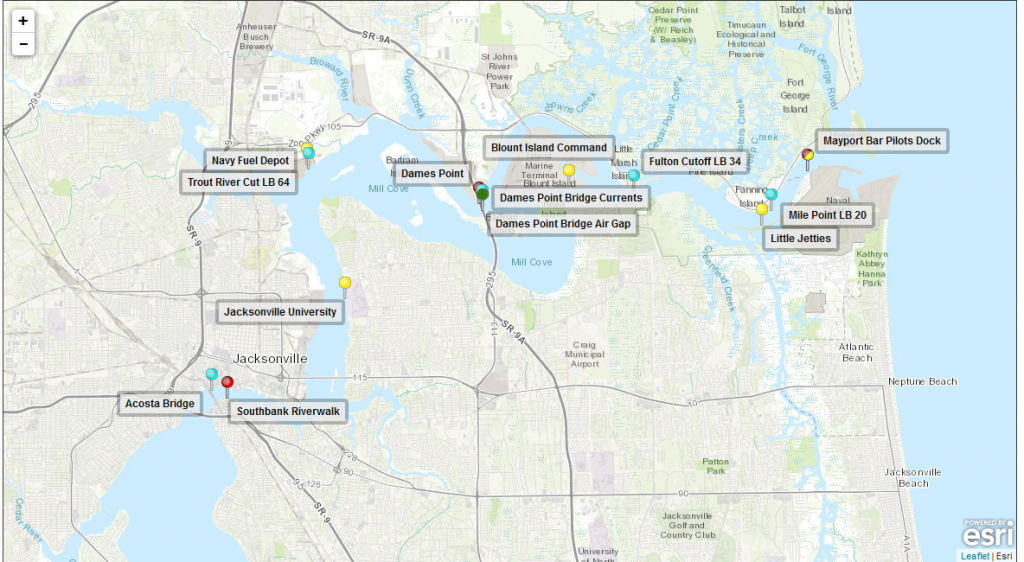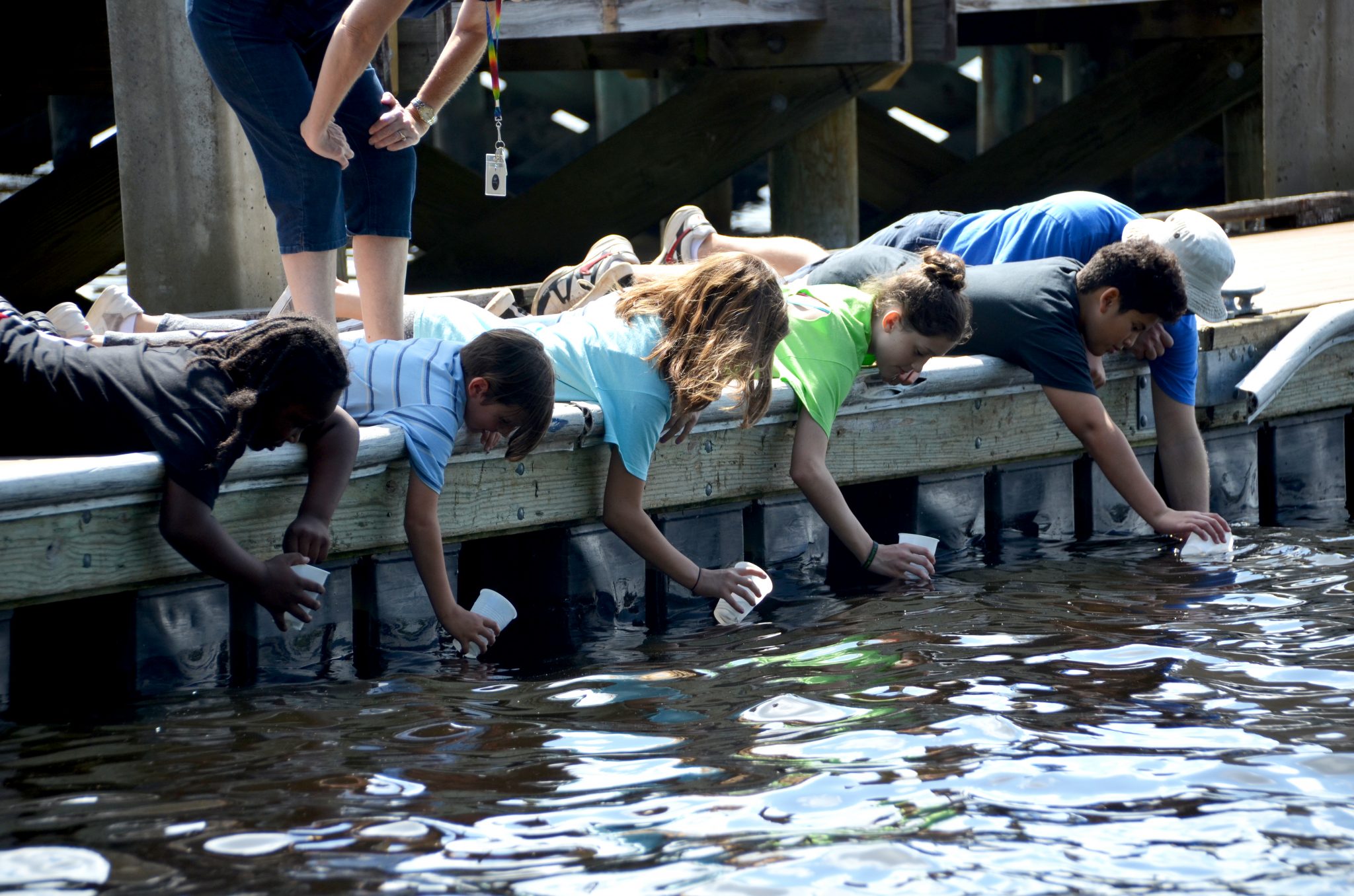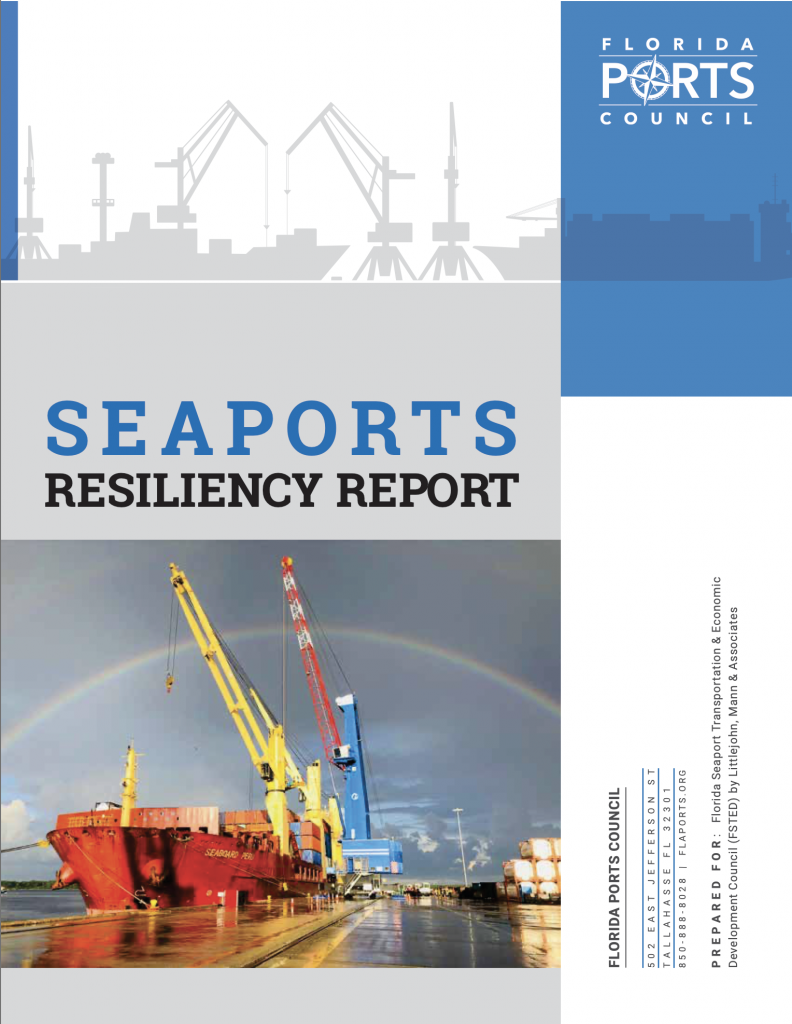From designing cargo terminals and adopting innovative technology, to purchasing new equipment and reviewing operations, JAXPORT is committed to environmental protection and stewardship. JAXPORT is leading several efforts to preserve the region’s natural environment such as championing the use of cleaner, alternative fuels, reducing engine emissions from port equipment and recycling oil used in cranes.
jaxport's environmental initiatives
connected: a partnership with jacksonville university
As part of a shared commitment to advance the health and vitality of the St. Johns River, Jacksonville University’s Marine Science Research Institute (MSRI) and the Jacksonville Port Authority (JAXPORT) are partnering to launch an educational initiative called Connected, which aims to raise awareness about the importance of the St. Johns River as a vital natural resource.
Manatee research and protection
JAXPORT supports ongoing efforts to protect manatees in Northeast Florida waterways.
The port sponsors aerial manatee spotting flights through our partnership with the river experts at Jacksonville University. The data gathered during these flights is shared with the maritime community to provide updated information about where manatees are located in the river to reduce vessel interactions.
JAXPORT also helps distribute a Port of Jacksonville Manatee Awareness and Protection placard which informs commercial and recreational interests about manatee awareness and encourages mariners to adopt manatee watch protocols as part of routine voyage planning.
Scan the QR code below to track or report recent manatee sightings.
Building a more sustainable port of the future
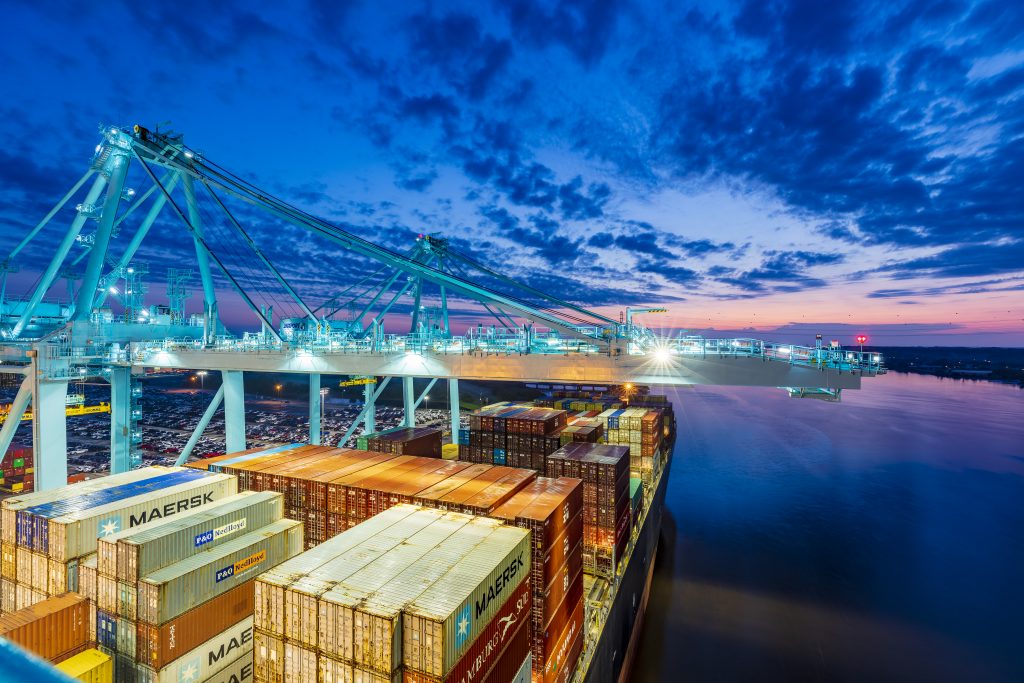
JAXPORT EXPRESS is a $47 million public-private partnership funded by JAXPORT and two port tenants, SSA Jacksonville and Crowley, and a grant from the U.S. Department of Transportation’s Maritime Administration. The initiative will support sustainability initiatives at the port’s Blount Island and Talleyrand marine terminals.
EXPRESS is one of the first large-scale investments in zero- and near-zero-emission cargo-handling equipment technologies in Florida. The initiative will achieve greenhouse gas reductions, expand energy-efficient terminal infrastructure, increase JAXPORT’s cargo throughput, and develop a plan to transition to lower-emission port infrastructure and maritime operations.
world leader in liquefied natural gas
Jacksonville, Florida has become the world leader in cleaner, greener liquefied natural gas as a marine fuel. Four LNG-powered ships are homeported at JAXPORT, and three LNG liquefaction and storage facilities are located in Jacksonville. A fourth facility is currently slated for construction.
LNG IN THE NEWS
electrified berths
JAXPORT has invested in electric container cranes that work on regenerative power, consuming power during the lifting of containers and creating energy as they lower. Dock infrastructure at our largest container terminal will accommodate additional electric cranes planned for the future.
quick turn times
Fast turn times at terminal gates reduce truck idling and consequent emissions.
energy efficient lighting
JAXPORT invested in energy-saving LED lighting on terminals, improving energy efficiency by as much as 67 percent.
COASTAL RESOURCE MANAGEMENT
JAXPORT helps fund the Physical Oceanographic Real-Time System (PORTS) in Jacksonville, which collects and presents data from 14 stations located along the St. Johns River and its tributaries in Northeast Florida. The system monitors salinity and other river conditions, and provides critical information that can be used for projecting storm surge.
protecting right whales
JAXPORT has helped to raise awareness of the endangered North Atlantic right whale and supports the Annual Right Whale Festival in Northeast Florida. The right whale is also prominently featured in a one-of-a-kind mural at JAXPORT’s Cruise Terminal.
jaxport continues to invest in the environment by:
- Sponsoring Mayport Elementary School’s Coastal Sciences Academy. Students learn about the St. Johns River and its wildlife and raise fish in the JAXPORT-sponsored Aquaculture ‘Labitat’.
- Supporting the North Florida Transportation Planning Organization’s Clean Fuel Coalition, which promotes the use of environmentally friendly alternative fuels that reduce dependence on foreign oil.
- Partnering with Greenscape of Jacksonville to improve the tree canopy of Jacksonville through a series of landscape projects in the city.
- Supporting Tree Hill Nature Center, a 50-acre nonprofit nature preserve in Jacksonville, in their work to teach local students about the ecology of the St. Johns River.
resiliency
JAXPORT’s berths are built above mean high water and have sufficient height above sea level to account for future resiliency.
As we continue to develop new projects and facilities, we place infrastructure components, including buildings and power supplies, at elevations that account for future sea level rise.

